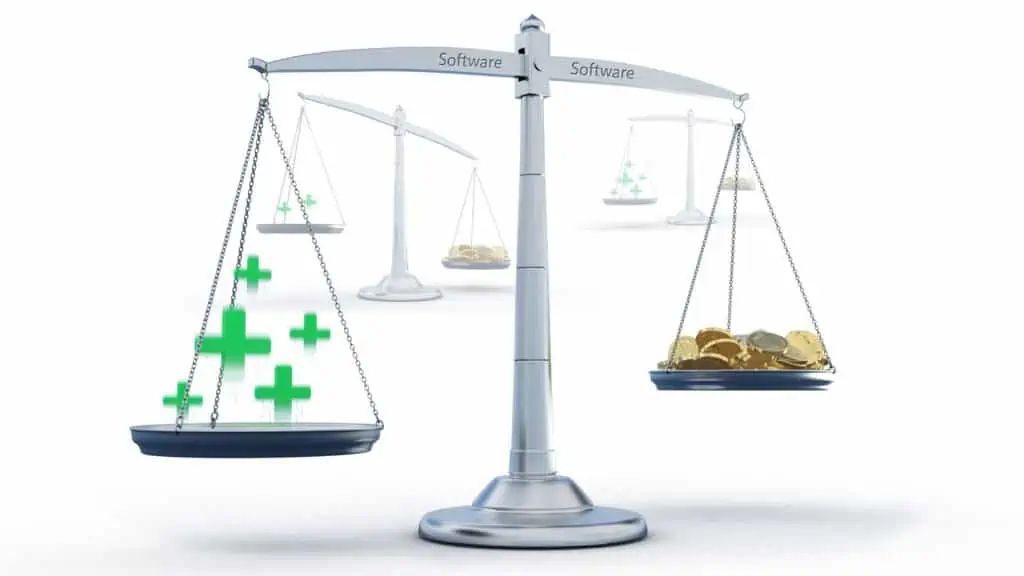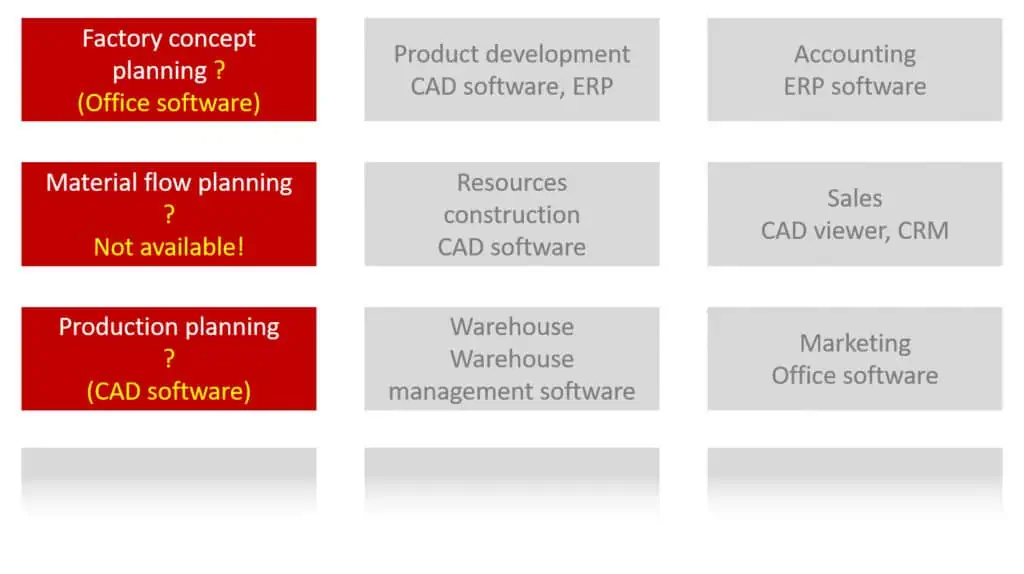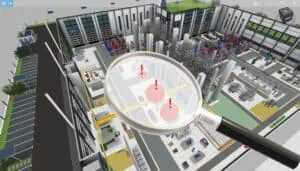
Introduction
Do you know this from your private life? When it comes to larger expenditures, let’s take a fully automatic coffee machine as an example, there is usually no impulse purchase. Firstly, by buying this new, expensive item, you are more or less depriving yourself and others of financial flexibility. Second, this purchase may also affect the lives of others around you. Because even if you buy the coffee maker just for yourself, someone might be bothered by the noise of the grinder, the increased space requirements in the kitchen might raise questions. Or maybe others would like to use the drinking chocolate function as well? Therefore, these purchases require consultation with your partner or family and longer consideration. This is especially true if they do not seem directly vital. In this case, the benefits are carefully weighed against the costs before the purchase.
What if your partner even claims that the old coffee capsule machine will still do and there is no need for a seemingly more expensive coffee machine? Are you prepared for this and do you still have good reasons ready to justify your purchase? From this analogy from the private sector, now back to your factory planning software.
What moves the management of a manufacturing company?
Companies are constantly in this area of tension. They generate profits in order to reinvest some of them in their own company. They must always keep an eye on fixed and variable costs in order to remain able to act. For example, the purchase of materials must be secured and the salaries of employees must be paid. Production must run and customers should be highly satisfied at the end. The management will deal with these issues on a daily basis and against this background the purchase of new software for factory planning will also be questioned.
You can imagine this as a scale for your software. In one scale are the costs of procurement and operation and in the other the benefits from the application. In addition, management has more than one scale in mind and will choose the one that offers the best cost/benefit ratio or where they see the greatest value.

Focus on the benefits of the factory planning software
Thus, management will only invest in factory planning software if it can be plausibly demonstrated what the outcome and benefits will be from its use. When a company is running stably, management will also have more leeway to invest in software. Conversely, if the economic situation is not so rosy right now, it will also be more difficult for investments in all areas. Therefore, think first and foremost about this overarching benefit and not about the individual software function. This may excite you personally, but is of no importance to the decision maker. They only want to know if and how it is beneficial to the company’s success.
If you are convinced that a new factory planning software can bring great benefits to the company, then approach the management proactively. However, form the right thoughts and arguments beforehand and act at the right time. This will increase the chance of a software purchase. I would like to explain to you today what it can all come down to, first of all, with 5 typical questions that you will encounter. For next week’s blog, I have some practical tips in preparation.
What factory planning software questions will come?
1. Time: Why do we need new factory planning software right now?
Only one drifting reason will induce the management
a) to deal with the investment at all right now and
b) to make the decision to buy.
Be clear if now is the right time. Do you see the opportunity for the kickoff in a planning project? The software would fit very well here and the budget planning for the coming year is just about to start? Like a football player, position yourself to be in the right place at the right time.
2. Benefit: How will this new factory planning software benefit us?
Describe the short-term benefits of using it in a planning project. What specifically does the software improve?
a) Qualitatively: better involvement of employees due to ease of use, previously unavailable planning functions for calculating key figures in production planning,
b) quantitative:
- build layout for new production area in one third of the time
- flexible team planning for bringing forward SOP by one month
- Permanently lower transport costs and accidents on the shop floor etc.
Describe, if necessary also the long term benefits by implementing the new software for factory planning by:
- A possible roadmap for standardizing the planning process in the company.
- Possibility of end-to-end site planning, including for distributed sites
- Planned rollout in other departments to improve planning quality
3. Costs: What will this new factory planning software cost us?
Once you have convincingly presented the benefits, the cost factor naturally remains an important point for the decision. At this point, fixed and variable costs are decisive. What are the one-time costs (license costs, introductory training) and what are, for example, monthly or annual costs to operate the planning software. This includes a maintenance contract or a subscription to a software.
Also consider potential costs that cannot yet be accurately estimated. Inventory for a digital model or refresher training for staff are among them. Will you also need more licenses temporarily, what will the short-term rental cost be to expand the number of users? If this can be important for your company, then have the provider send you a corresponding offer or at least the price information. This way, you can answer cost questions directly and competently. Because your management will certainly ask a question in this direction.
Have a plan B in case your proposal is rejected by management for the time being due to too high costs. Is there an opportunity to put together a smaller starter package with the provider? Or can the barrier to entry be lowered with a subscription with short terms? Question the alternatives with the provider to have an option ready here. This will save you time. You can already use the factory planning software in order to convince them again later with concrete results from the use for the long-term use. Management wants to see results. Then show them at the right time to transparently prove the benefits based on one of your successfully completed planning projects.
4. Existing: Can’t you map this with our existing software?
A company will always look at existing resources first, because that is what it is already paying money for. If the investment can be avoided, this saves costs. So that this question does not cause you distress, it is very important at this point to be able to differentiate clearly between different software. Show simply and transparently why the currently used software is not suitable for the application and how the new software for factory planning does it better. Show why the software is the “best fit” and currently fills a gap in the company. Find suitable key figures such as planning time, personnel costs or error costs to clearly demonstrate the added value. If necessary, a block diagram for necessary applications in planning can also help, where you graphically visualize the gap that you want to fill with the new software for factory planning.

5. Users: Who will use this new software for factory planning?
Specifically name the stakeholders, departments that will be involved with the software. Budgeting and approval for a purchase sometimes depends on this. At what point might there be organizational changes? Will different employees than usual work with the planning software? Questions will also come here about user training and the associated costs. Management will also want to know whether the solution can be used successfully in the long term. After all, if you’re going to go to the expense of training employees, you want it to be sustainable. This is particularly critical if a different software was purchased only a year ago, which may not have brought the desired success and is now lying in the corner. Explain why this software in particular can be used sustainably, e.g. by:
- Transparent communication within the team is possible
- Cross-departmental use of software functions
- easy integration of further employees in projects by renting and simple operation
In the second part next week you will read 5 more practical tips on how to convince your management to use factory planning software.
No problem, simply subscribe to our Blog-News!



